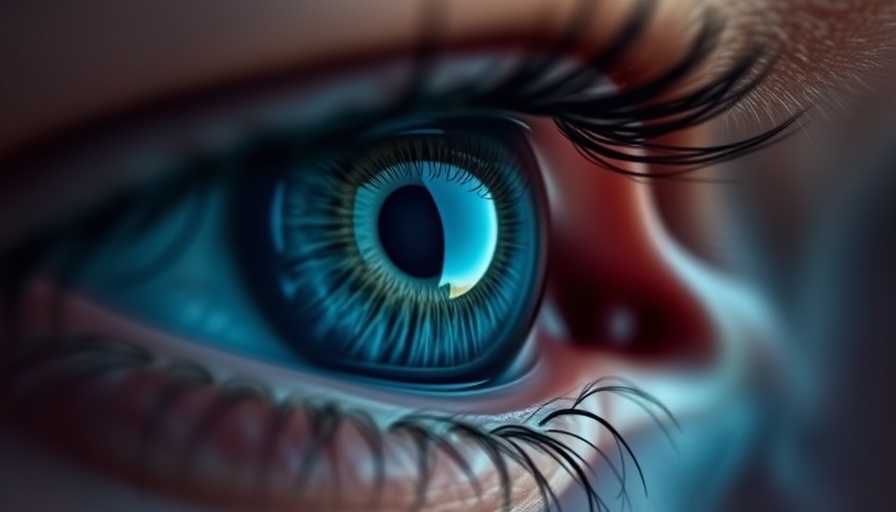
Understanding Head Pain: What Lies Behind the Eyes?
Headaches behind the eyes can be more than just an inconvenience; they carry a wealth of potential causes and implications that can affect your everyday life. Many people experience these symptoms at some point, but understanding the underlying reasons can empower us to seek appropriate treatment and lead to better wellness overall. Whether it’s tension, eyestrain, or something more serious, unraveling the mystery is essential for effective management and prevention.
In 'What Could Be Causing a Headache Behind the Eyes?', the discussion dives into the various causes and implications of headache symptoms, prompting a closer analysis to enhance our understanding.
Common Causes of Headaches Behind the Eyes
1. **Sinusitis and Nasal Congestion**: One of the more common culprits of headaches in this area is sinusitis, which occurs when the sinuses become inflamed, often due to an infection. Symptoms include facial pain, nasal congestion, and sometimes fever. Effective treatments can include decongestants or nasal sprays, so consulting with a doctor when symptoms arise is advisable.
2. **Tension Headaches**: Stress and muscle tension can lead to a tightening sensation around the head and behind the eyes, causing discomfort. Often related to prolonged sitting, poor posture, or emotional strain, tension headaches can be alleviated through relaxation techniques, regular exercise, and ergonomic adjustments at work.
3. **Eye Strain**: In today’s digital world, prolonged exposure to screens can lead to digital eye strain. Symptoms typically include headaches, blurred vision, and discomfort. Regular breaks during screen time, proper lighting, and adjusting screen brightness can assist in mitigating these headaches.
The Importance of Earliest Detection
Detecting the signs of any underlying conditions early on can be vital. Conditions such as migraines, cluster headaches, or even more serious issues like hypertension can masquerade as simple headaches at first but can escalate if left unchecked. Therefore, being proactive about tracking symptoms, their frequency, duration, and related conditions can provide crucial information for healthcare professionals.
When to Seek Medical Attention
Knowing when to seek medical assistance is crucial. If headaches increasingly become unbearable, change character dramatically, or are accompanied by other symptoms such as vision changes or confusion, it’s critical to consult a healthcare provider. These could be signs of serious conditions requiring immediate attention.
Ways to Manage and Prevent Headaches
Maintaining a healthy lifestyle is vital for preventing headaches:
- Stay Hydrated: Adequate water intake is critical, as dehydration is a common trigger.
- Adequate Sleep: Regular sleep patterns can help maintain a balanced body and prevent headaches.
- Nourish Your Body: Maintaining a healthy diet rich in fruits and vegetables helps support your overall health.
Incorporating these habits into your daily routine can have significant impacts and lead to a decrease in the frequency and severity of headaches.
Practical Techniques for Relief
In the face of a headache, several practical techniques can provide immediate relief:
- Use Hot or Cold Packs: Applying heat or cold to the forehead can relieve tension and discomfort.
- Massage Therapy: Gentle massage around the temples and neck can ease muscle tension.
- Mindfulness and Relaxation: Techniques such as deep breathing, meditation, and yoga can help relieve stress and tension, reducing headache frequency.
Consulting with Healthcare Professionals
Ultimately, engagement with healthcare professionals should be a primary step for anyone suffering from frequent or debilitating headaches. Understanding personal triggers, responses to treatment, and ongoing management strategies paved together with medical experts can significantly enhance quality of life.
 Add Row
Add Row  Add
Add 




Write A Comment